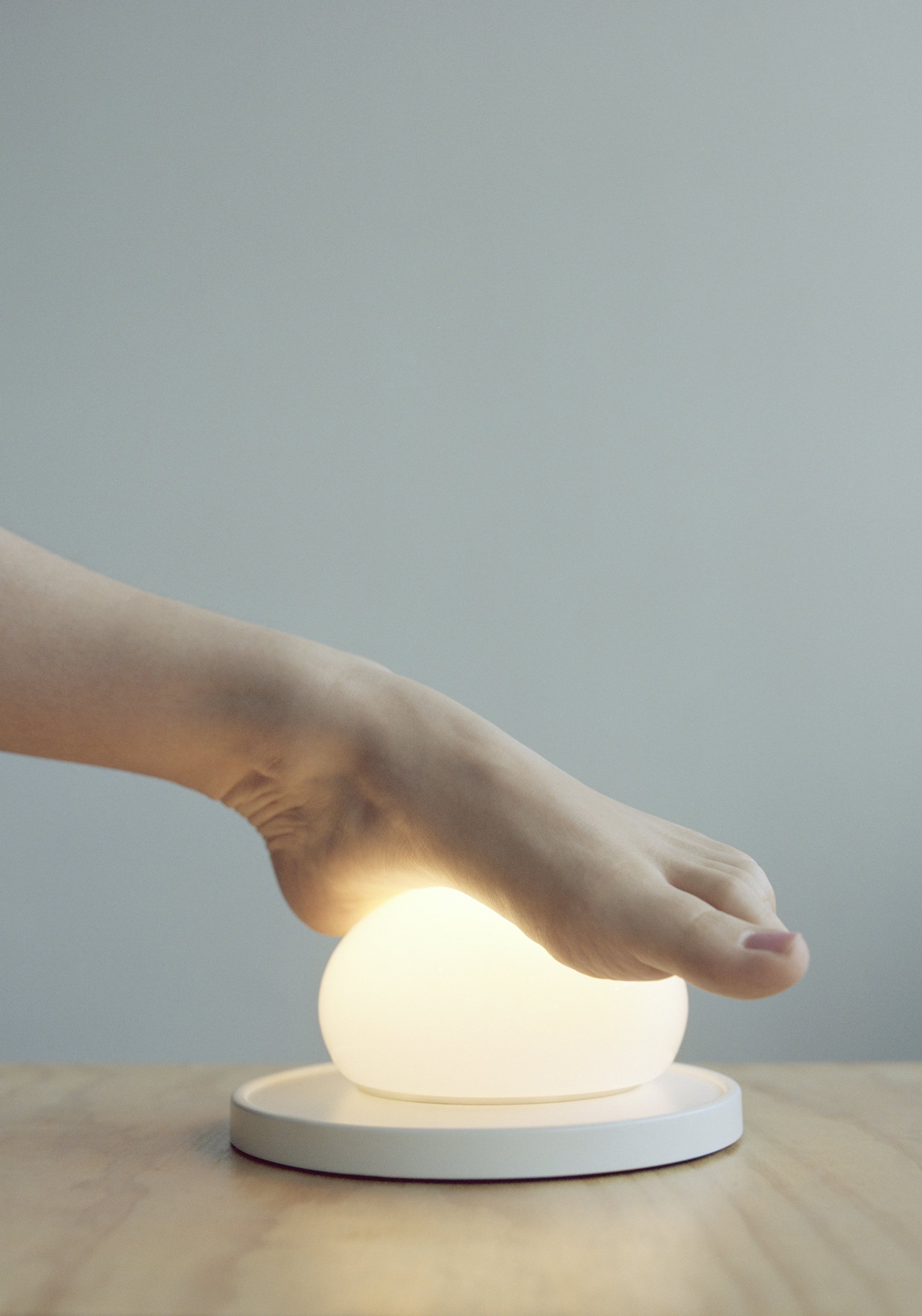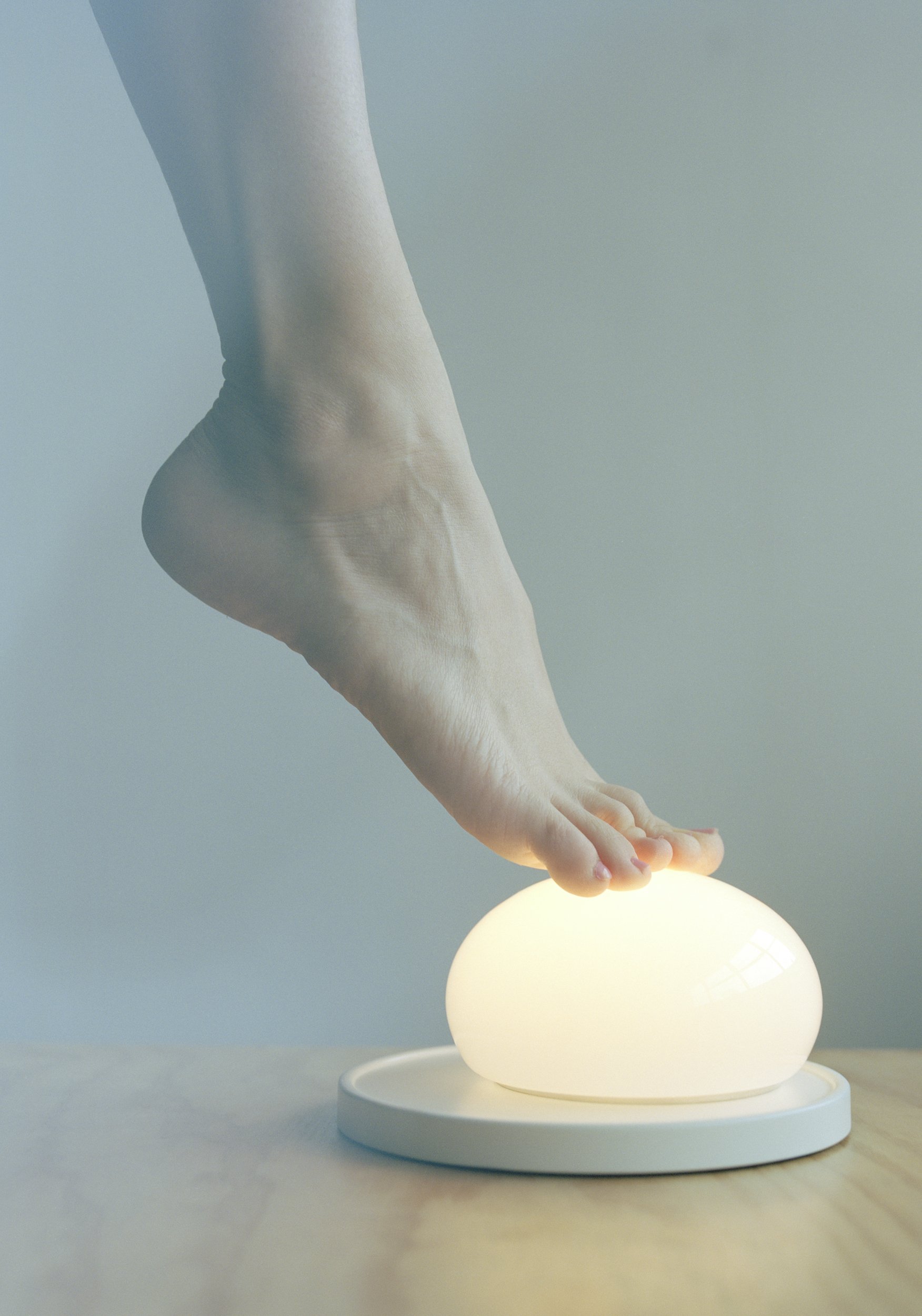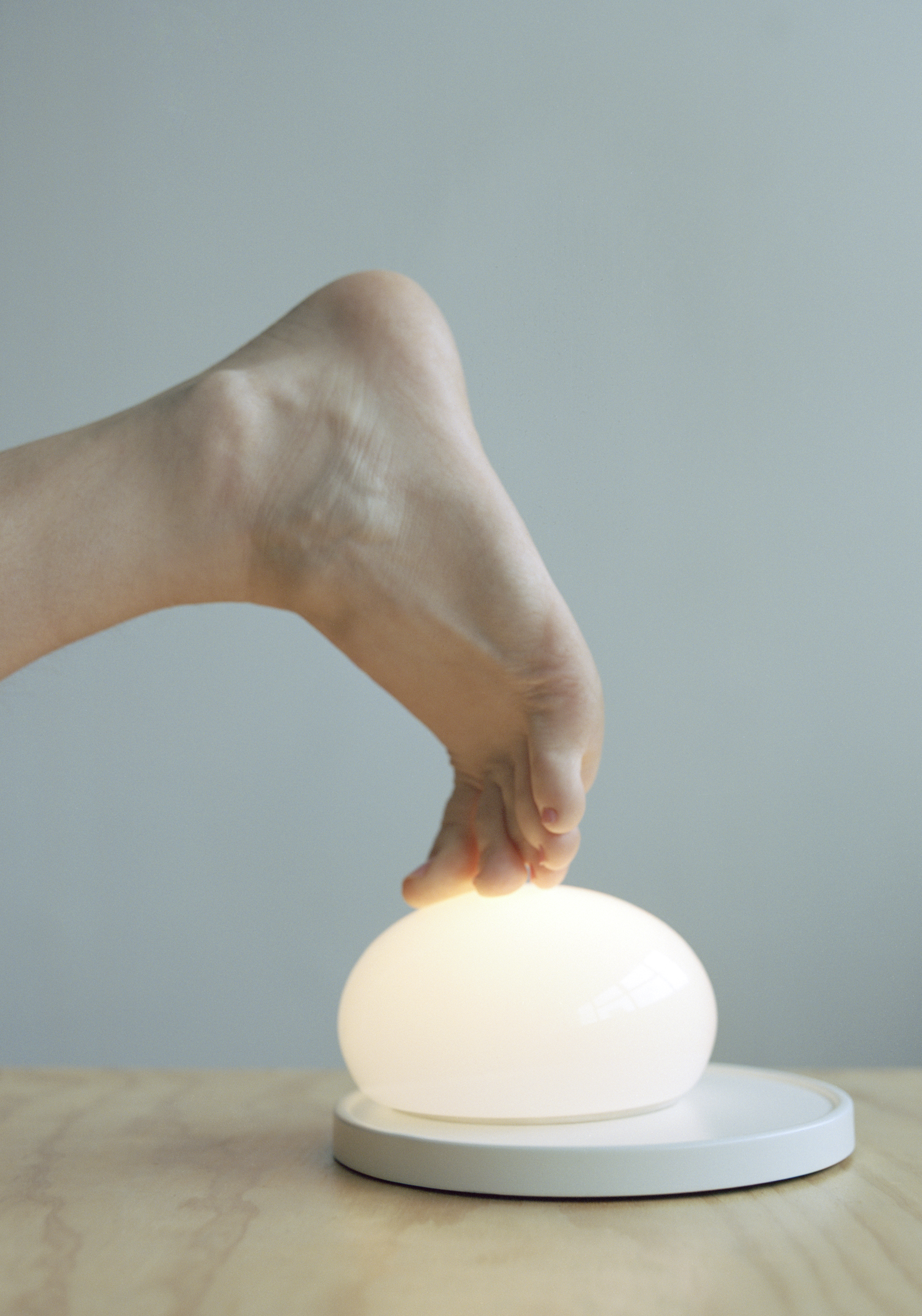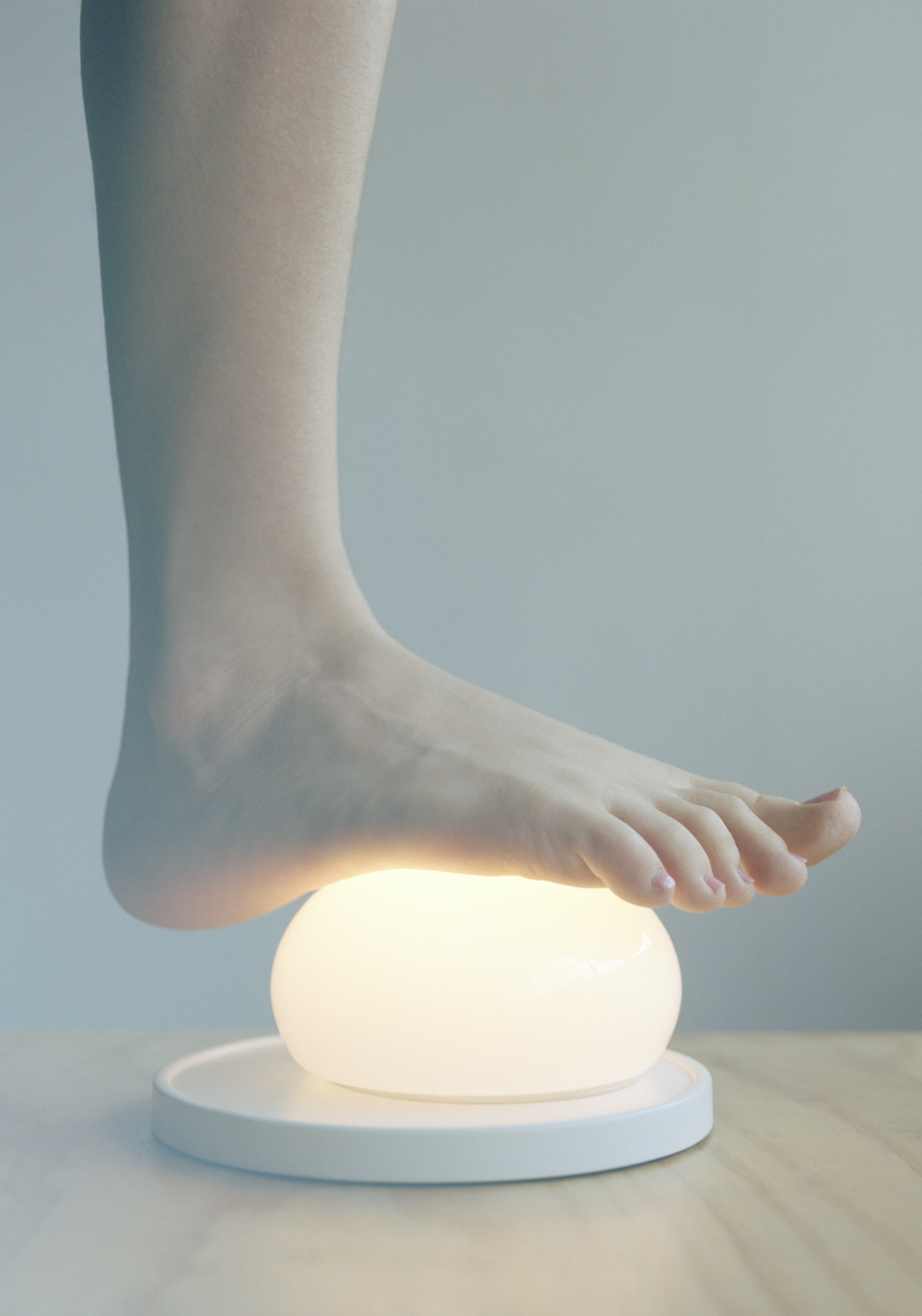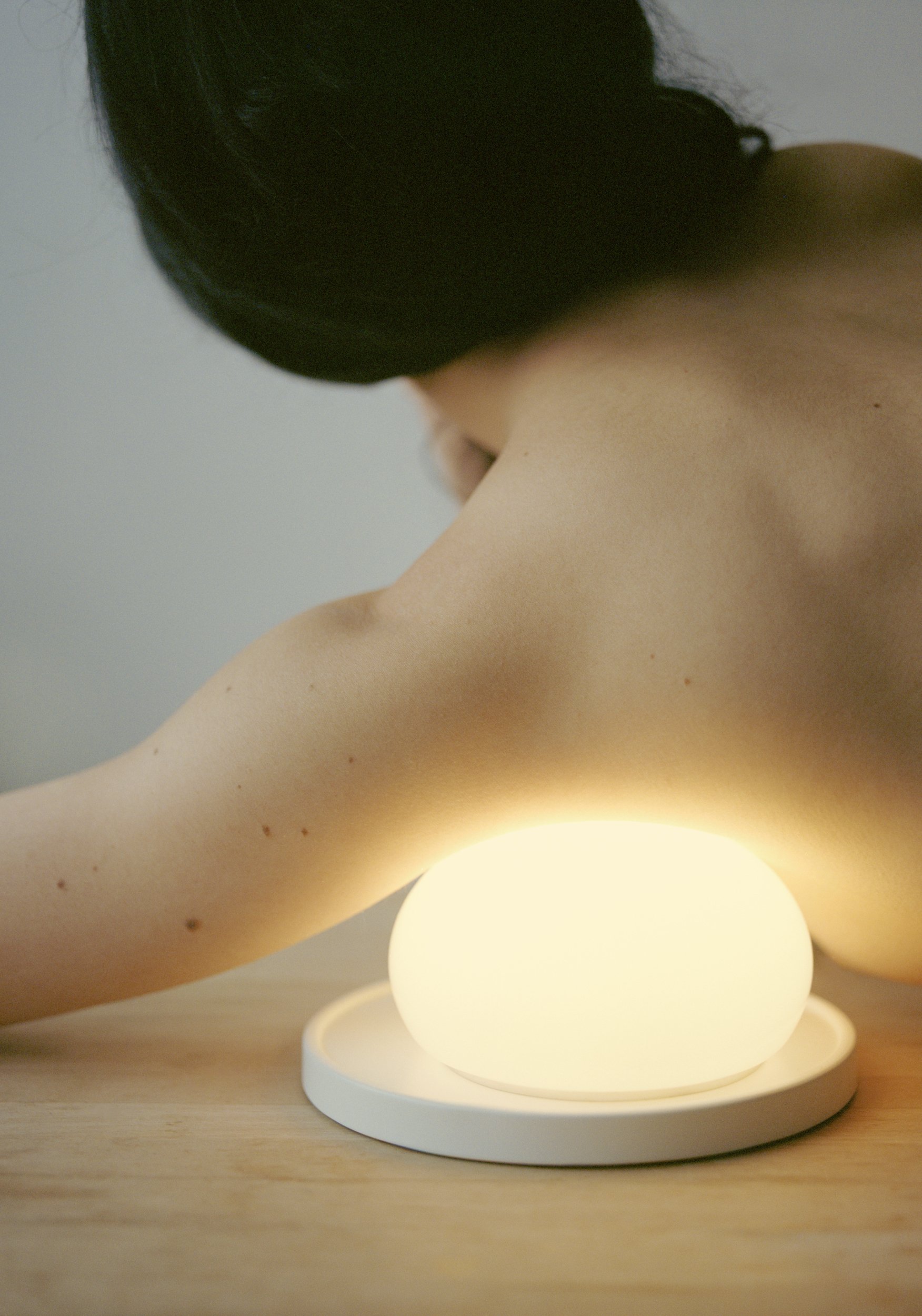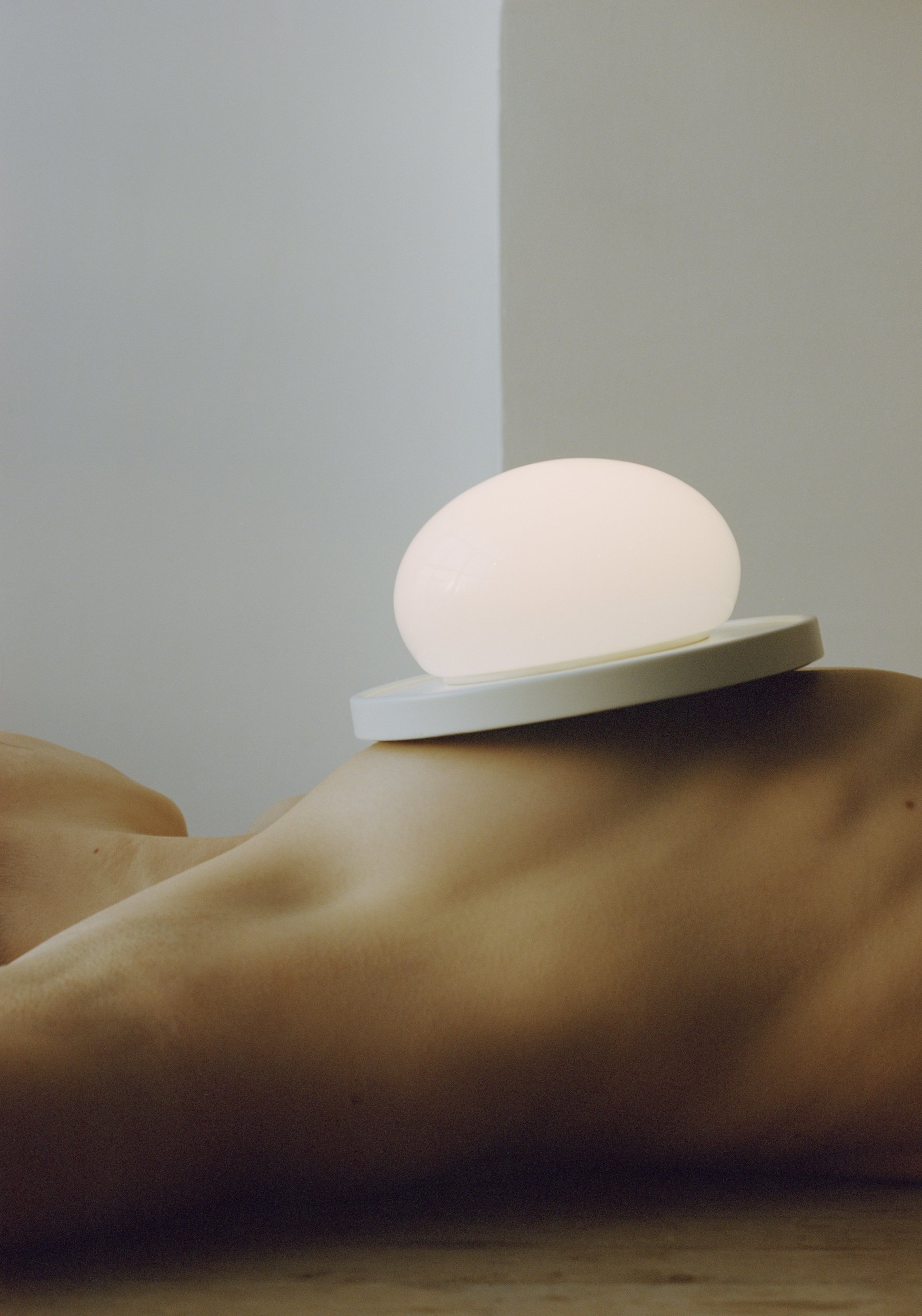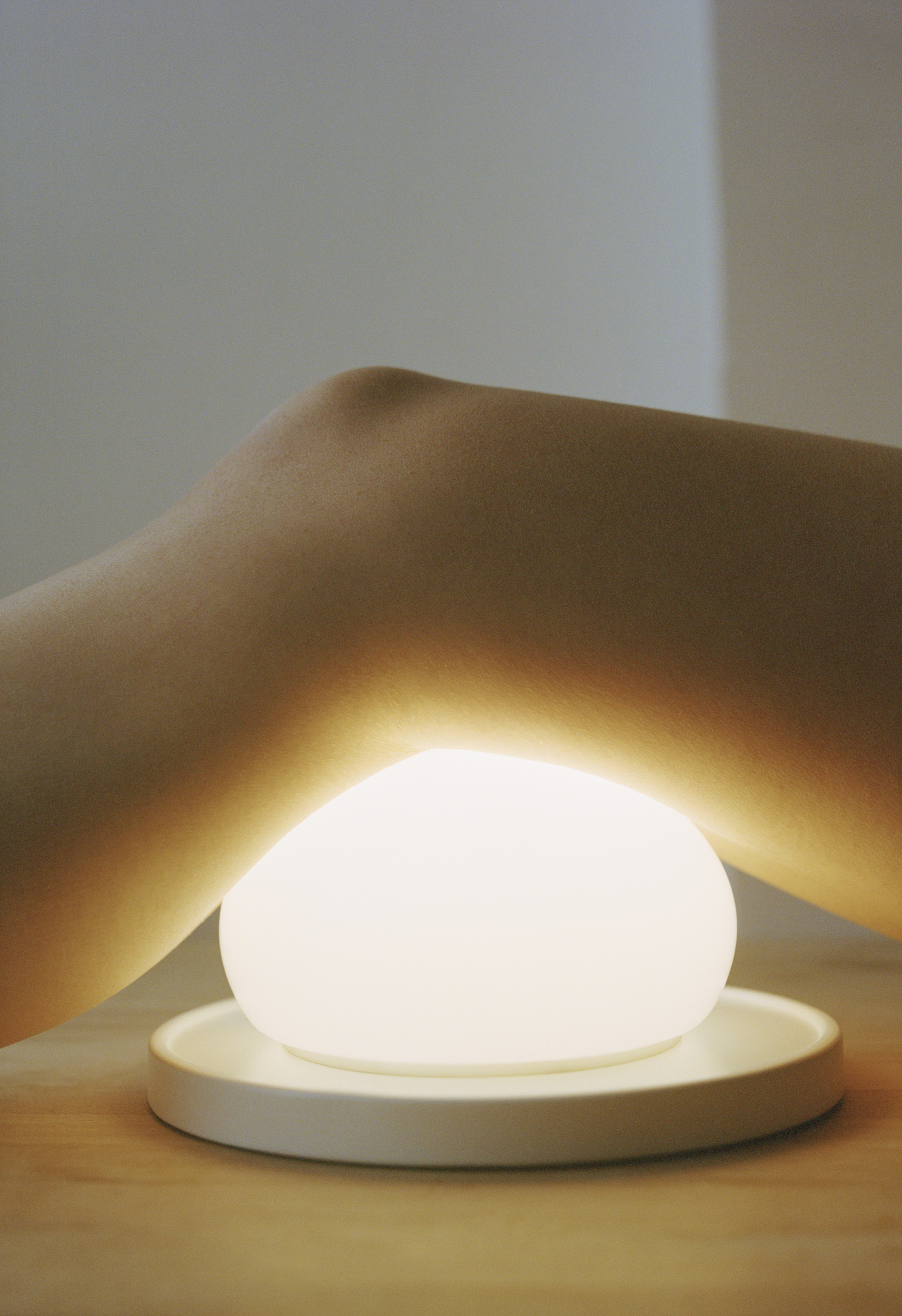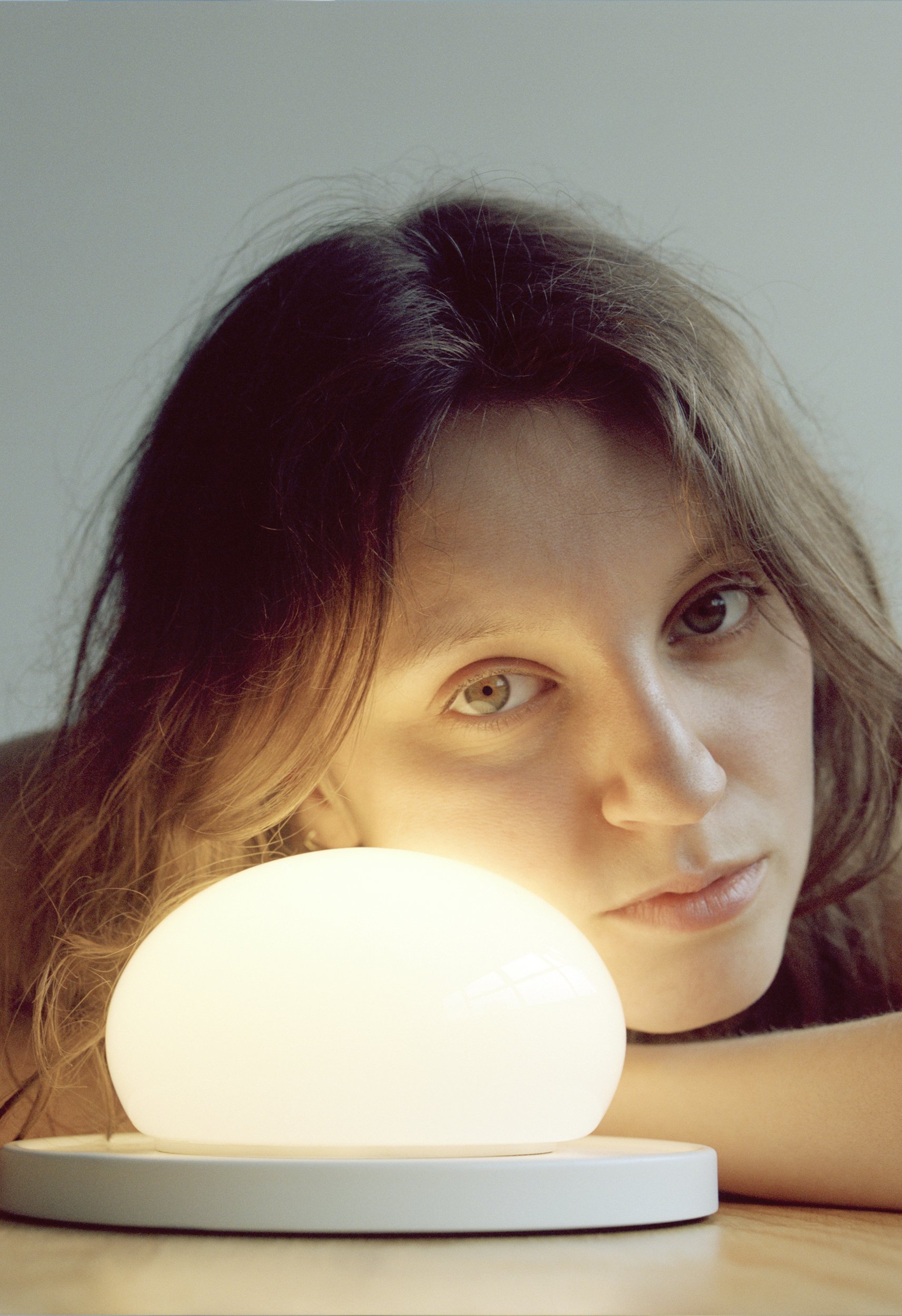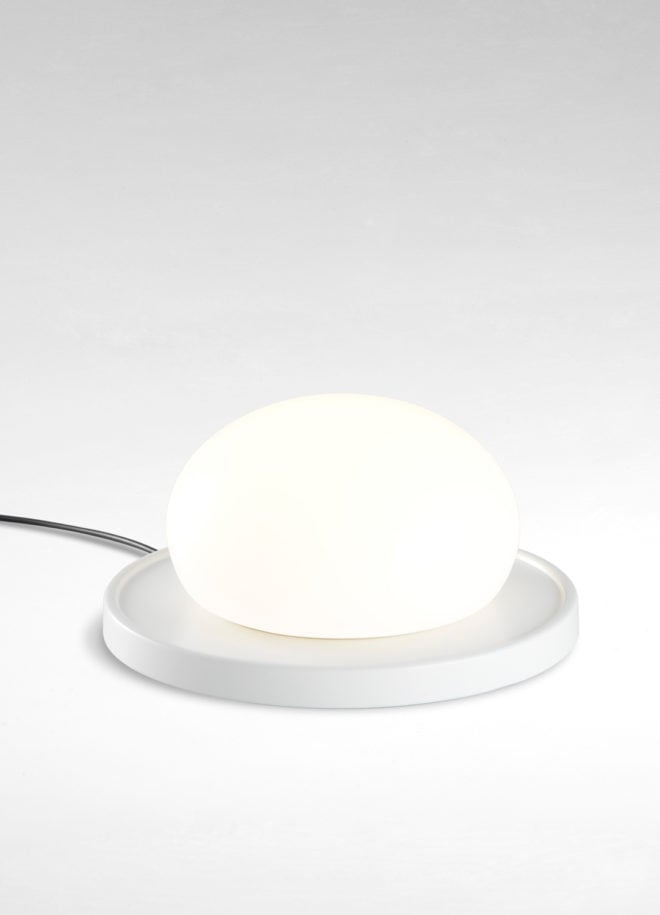Marset Featuring
A human touch
Rebecca Scheinberg
Interviewed by Simone Rossi
Inspired by the perfect feminine shape, photographer Rebecca Scheinberg created a play of tension between the object and the human body. The Bolita lamp by kaschkasch evokes a feeling of playful tangibility. Indicating the digital era’s lack of human touch, the lamp invites you to interact and move the magical ball around its base to dim the light. Rebecca aimed to capture this concept in her photographic series.
Using the female form, pressing her soft limbs against the light, Rebecca creates a delicate dialogue between figure and lamp, a beautiful visual balance between movement and stillness, where the intensity of the light seems organic – rather than electronic.
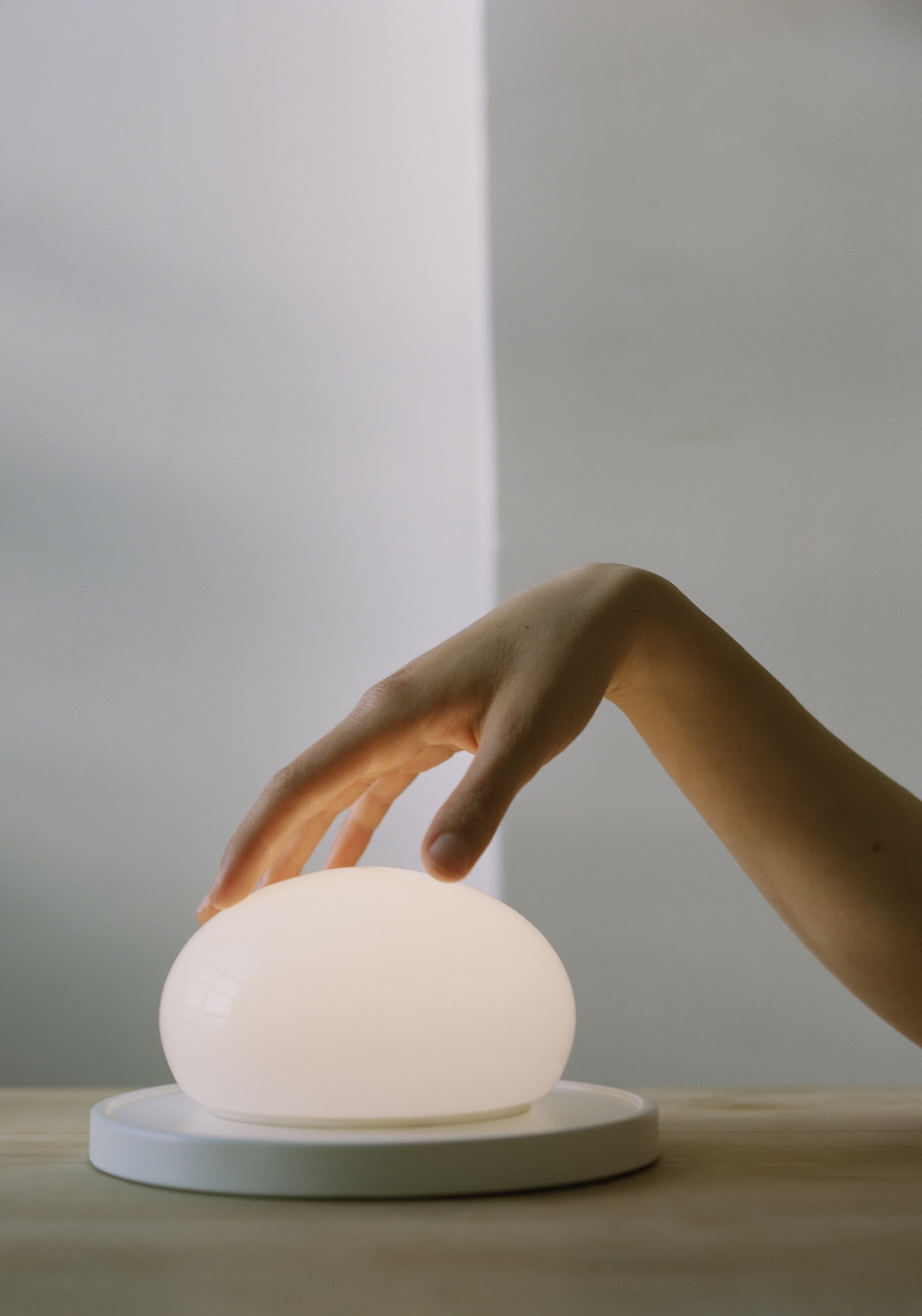
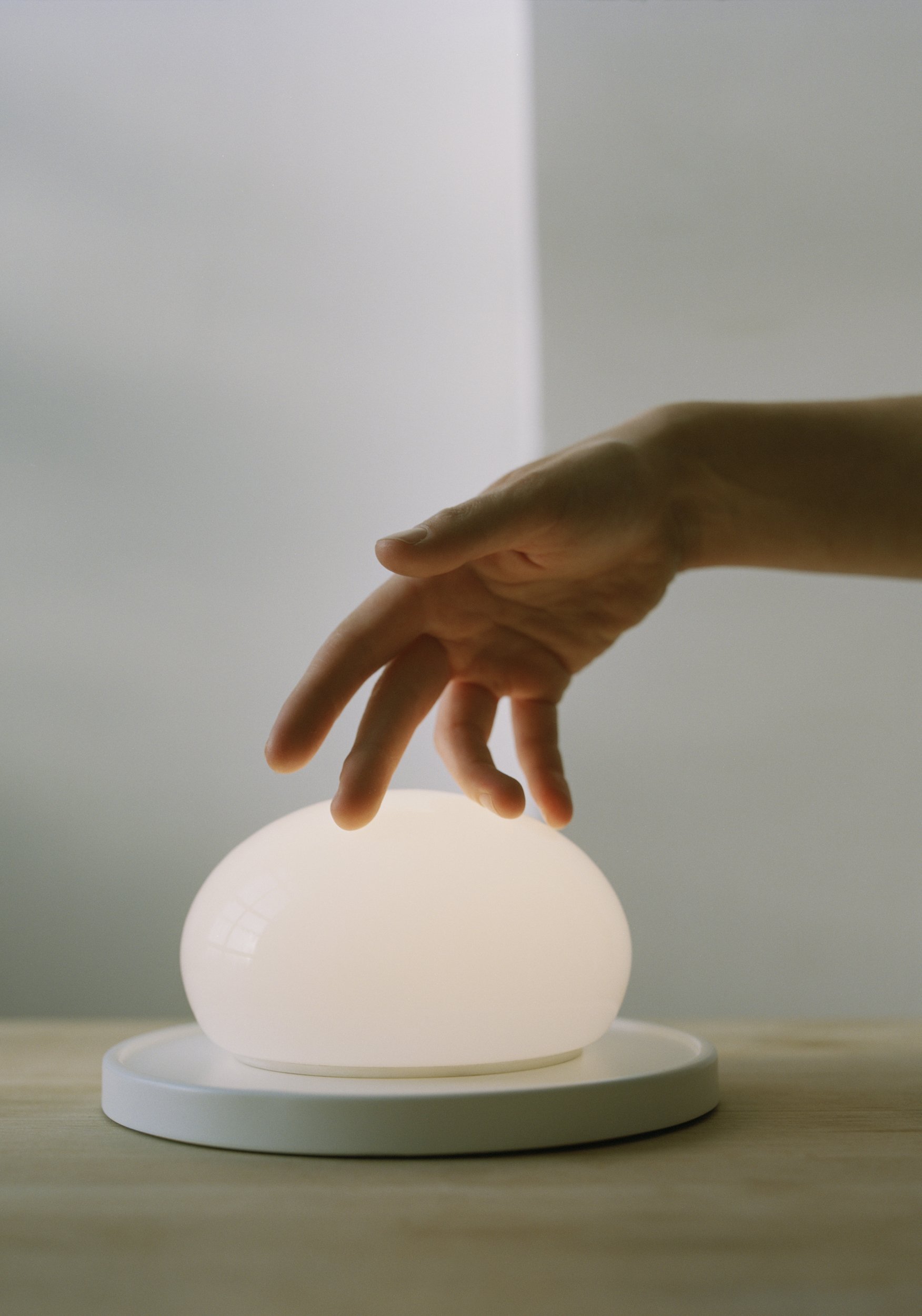
“I was inspired by the lamp itself, the perfect form and deep femininity. It became a play between the qualities of strength and softness, movement with stillness.”
